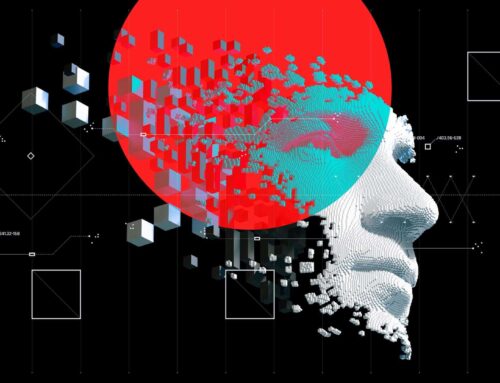Beyond Gaming With Unity And Unreal Engine
In the battle of gaming engines, two names stand above the rest: Unity and Unreal Engine. The previous IKIN Blog explored Unity’s purchase of revered VFX company Weta Digital and the sale’s future implications for gaming, digital content, and even holography. This week, we’re continuing our look at Unity but this time alongside their biggest competitor, Unreal Engine, in order to paint a more contextualized image of Unity and the greater gaming landscape that has defined it.
What Is Unity?
Unity Technologies is the San Francisco-based software company that developed and owns Unity, the popular cross-platform gaming engine used to design and run mobile, console, desktop, and virtual reality games, like Hearthstone, Firewatch, and the hugely successful Pokémon Go. Unity has also expanded beyond video games into 3D modeling and design for film and animation, automotive, architecture, engineering, and manufacturing. It’s recent purchase of Weta Digital, the lauded VFX company responsible for some of the biggest effects-driven films of the last three decades, opens new avenues for Unity into the entertainment industry. But, video games continue to define Unity as a brand and product for the time being. And, Unity’s biggest competitor within the gaming industry is undoubtedly Unreal Engine. Thus, the next logical question is…What is Unreal Engine?
What Is Unreal Engine?
Designed and operated by North Carolina software developer Epic Games, Unreal Engine is also cross-platform and 3D in its gaming design approach, similar to the Unity engine, and caters popularly to console, desktop, and VR games. It has also made significant moves into independent and mainstream filmmaking and prestige television, like Disney’s The Mandalorian. Epic’s latest Unreal Engine 5 continues to impress with its advancements in digitally designed lighting, characters, and environments, making it a frontrunner in the hot topic world of virtual production.
Unity, Weta Digital, And The Metaverse
Unity’s purchase of Weta Digital is at least in part a response to Unreal Engine’s success in film and television (post)production, signaling Unity’s intentions to expand its influence within those realms. The flood of seasoned Weta Digital developer talent and the acquisition of the company’s deep cache of digital effects and design tools gives Unity the firepower to make quick and impactful inroads on these fronts. These company upgrades also strongly position Unity to be a major player in the metaverse’s establishment and expansion as well as other extended reality (XR) areas.
How Does IKIN Fit Into The Unity/Unreal Engine Dynamic?
IKIN’s RYZ and IKIN ARC SDKs currently run on Unity. Their purchase of Weta Digital last month brings promises of Unity’s expansion within gaming and design and beyond to new footholds in the entertainment industry. This is obviously good news for IKIN, as any growth for Unity means more opportunities for IKIN’s holography too. It means more talented Unity developers who can collaborate on RYZ and IKIN ARC technological advancements and refinements. It also means the potential for more direct collaboration between IKIN and Unity in the future. The expansion of Unity into the metaverse and the greater XR landscape are positive moves for IKIN’s own growth in both areas. That IKIN does not currently operate on Unreal Engine is not an inherent limitation, either. It does mean that collaborating developers must be experienced in Unreal, but there is nothing limiting IKIN’s expansion into Unreal Engine if need be.






